On July 14, 1943, President Franklin D. Roosevelt committed $30,000 toward a monument to botanist and inventor George Washington Carver. Though it would not be completed for a decade, it was the first national monument to honor an African American and non-president.
Carver was born into slavery around 1864, during the Civil War. His exact birthdate is unknown, and much of his early life is a mystery. He was orphaned as a baby and raised by his former owners, Moses and Susan Carver. From a young age, Carver was curious about nature, especially plants. He wanted to learn as much as he could, but getting an education was extremely difficult for a young Black boy in the late 1800s. Still, Carver didn’t give up. He traveled from town to town in search of schools that would accept him. Eventually, he earned a high school diploma and then went on to attend Simpson College in Iowa and later Iowa State Agricultural College, where he became the first Black student and then the first Black faculty member.
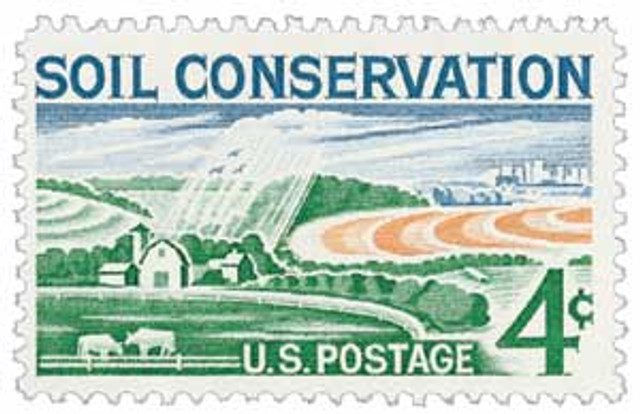
Carver’s fame grew when he moved to Tuskegee Institute in Alabama, where he spent most of his life teaching and researching. He encouraged poor farmers to plant peanuts, sweet potatoes, and other crops that would help restore nutrients to the soil after years of cotton farming. Carver is often remembered for discovering hundreds of uses for peanuts, though he did not invent peanut butter, as some people believe. He cared more about improving people’s lives than becoming rich. He refused many offers from companies that wanted to profit from his discoveries, saying that helping others was more important.
After his death in 1943, just months before the monument was created, people across the country wanted to find a way to honor him. President Franklin D. Roosevelt signed the law creating the George Washington Carver National Monument on July 14, 1943. The monument was placed at the site of Carver’s childhood home in Diamond, Missouri. This location was chosen not just because he was born there, but because it showed how far he had come in life—from a boy born into slavery on a small Missouri farm to one of the most respected scientists and educators of his time.
The creation of the monument was supported by many groups, including the African American community, educators, scientists, and even schoolchildren who donated pennies to help build the site. During World War II, it was rare for the government to dedicate resources to a new park or monument, but officials believed honoring Carver was important enough to make an exception. The monument became part of the National Park Service and was added to the National Register of Historic Places in 1966.
The George Washington Carver National Monument includes a museum, a visitor center, and a walking trail that leads visitors through the woods and fields where Carver once played and explored as a child. The museum offers exhibits on Carver’s life, his scientific work, and his efforts to promote education and racial harmony. There is also a statue of Carver as a young boy, symbolizing the beginning of a life filled with curiosity and determination.
The monument also plays an important role in educating people of all ages about American history, science, and civil rights. Park rangers lead tours, school groups visit regularly, and special events are held throughout the year. One of the most popular events is Carver Day, which celebrates his life and achievements with speakers, performances, and hands-on science activities.
In more recent years, the monument has helped inspire new generations by showing how one person can make a big difference in the world, no matter where they come from. It also reminds visitors of the importance of hard work, perseverance, and using knowledge to help others. Carver’s belief in service to others and in the power of education still resonates today.
Click here to visit the official monument website.
| FREE printable This Day in History album pages Download a PDF of today’s article. Get a binder or other supplies to create your This Day in History album. |
Discover what else happened on This Day in History.

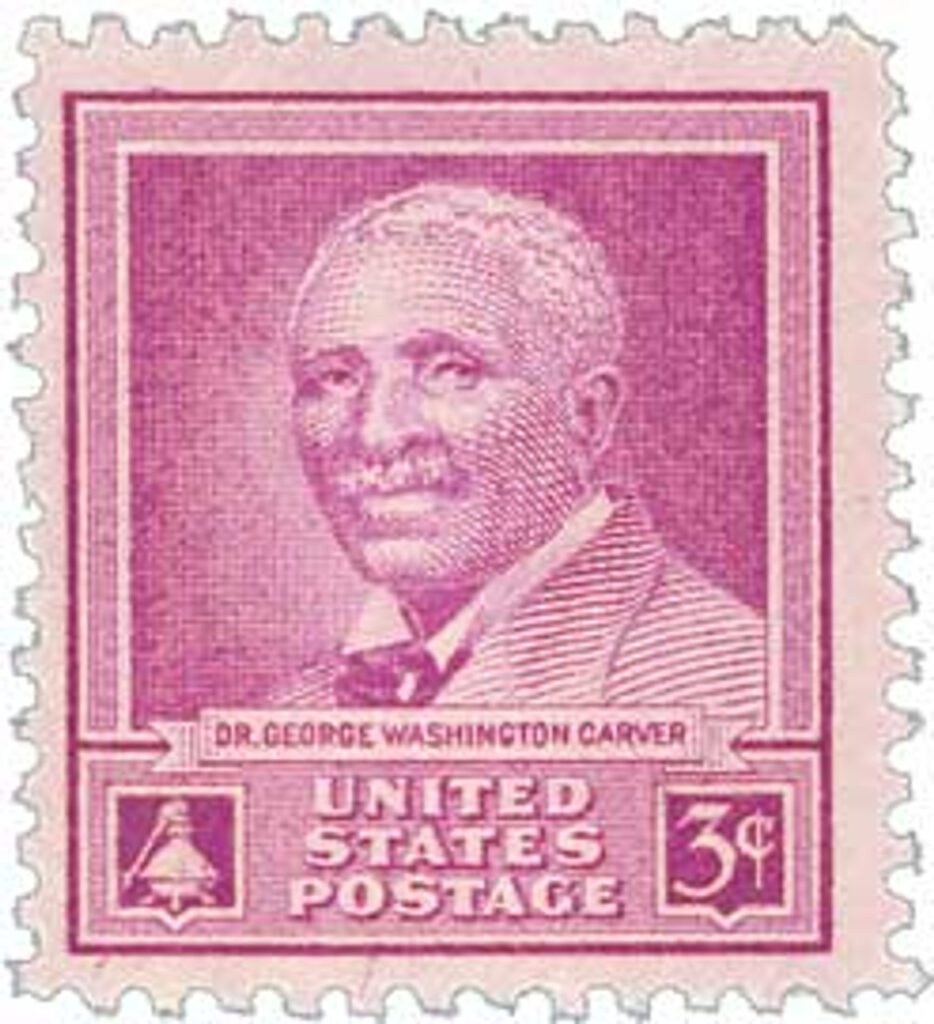
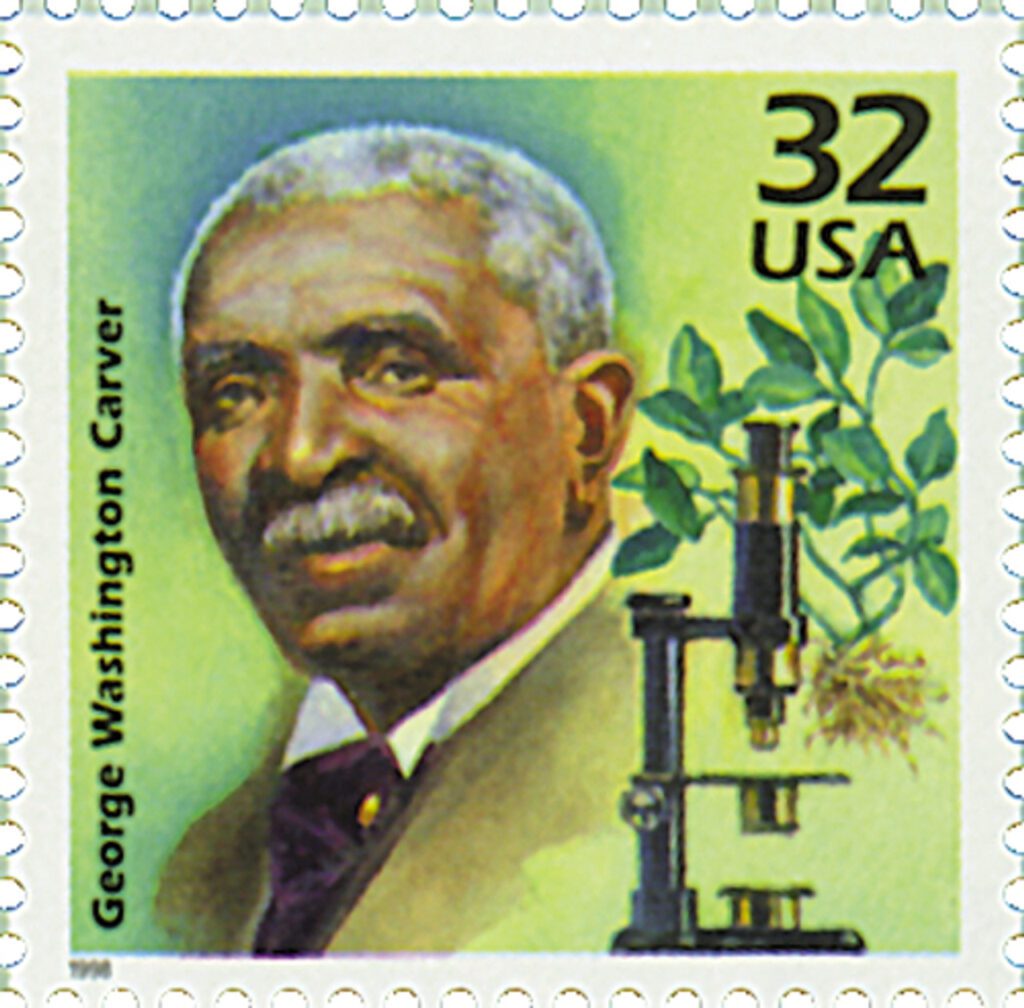
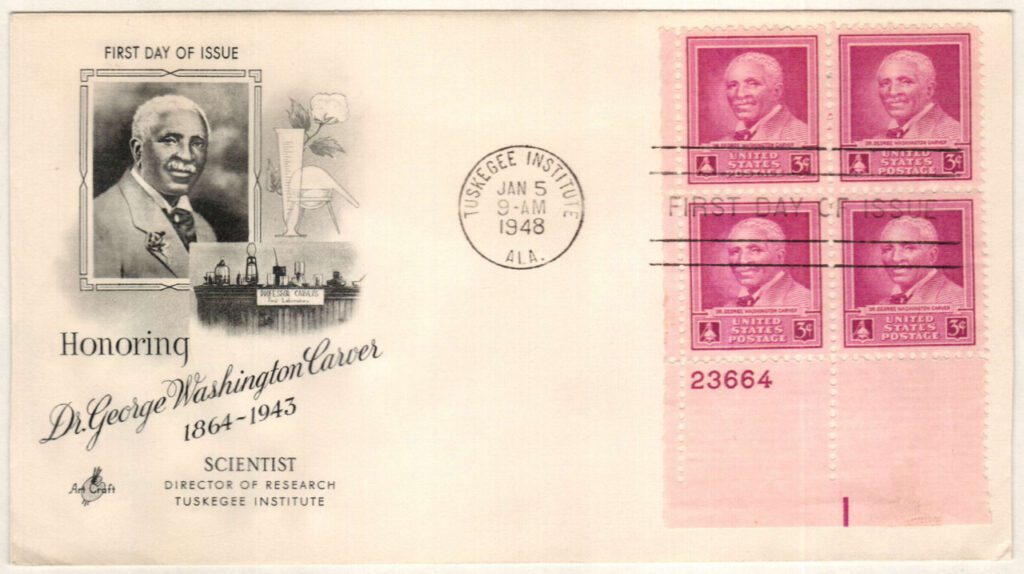

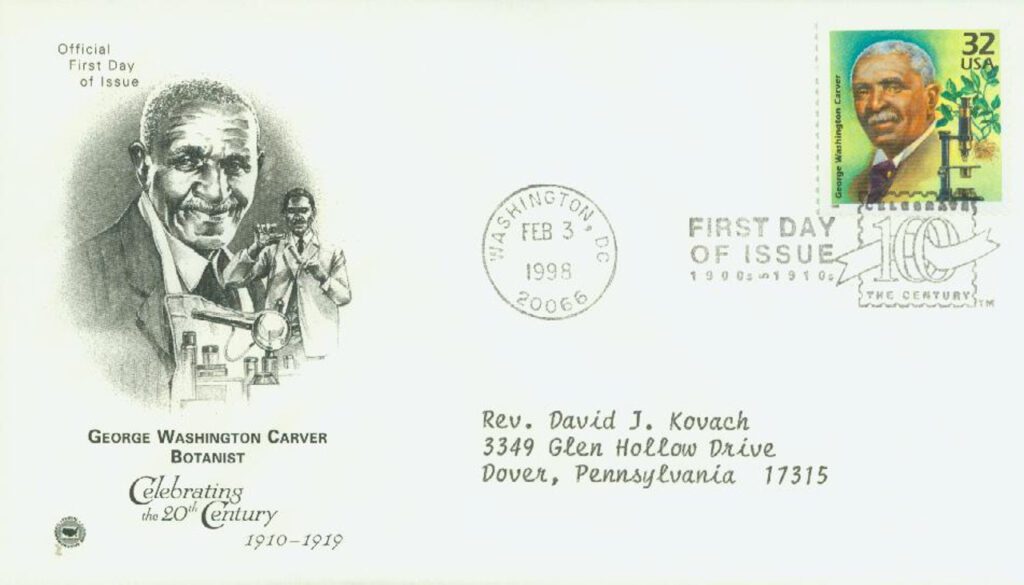
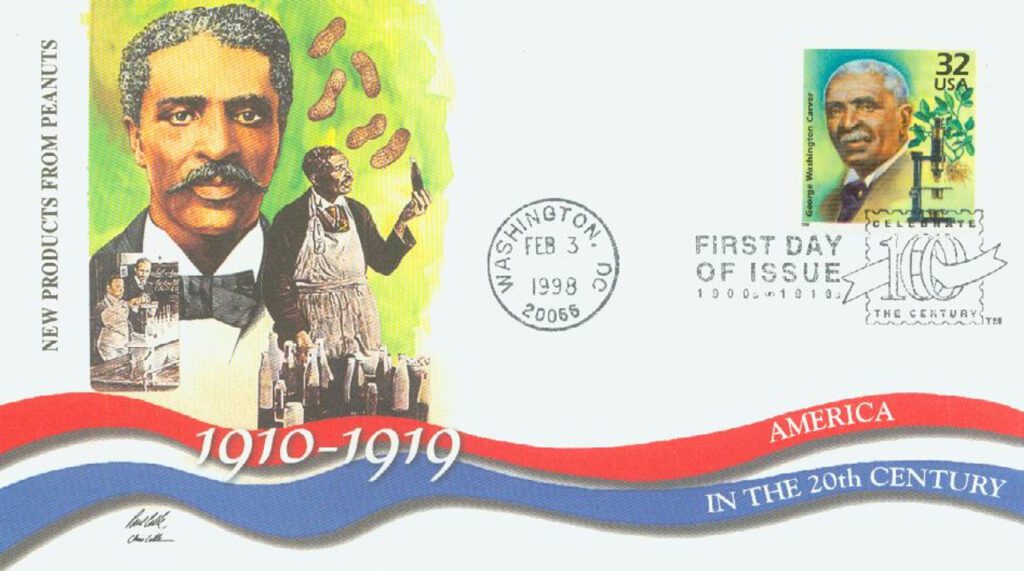
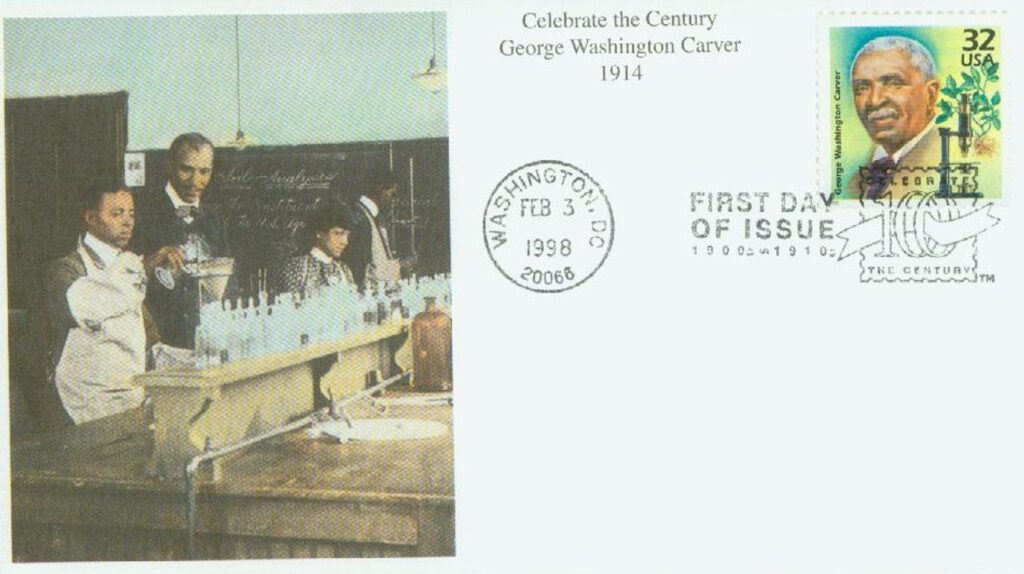
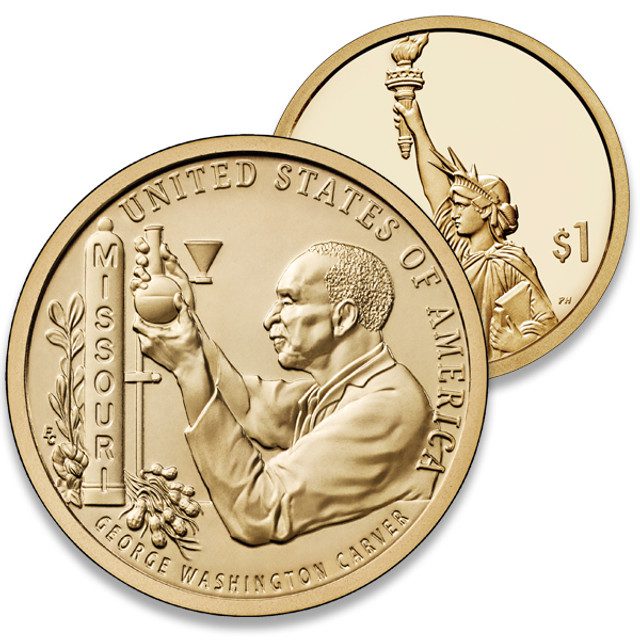
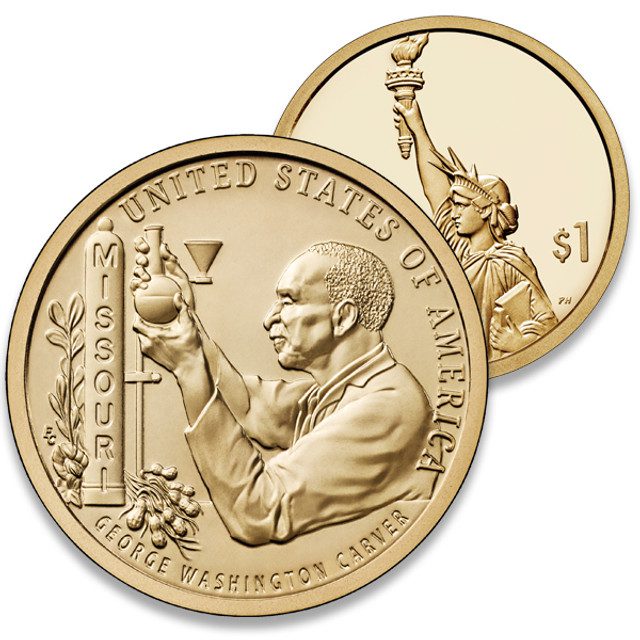
I think that George Washington Carver did more for the People of the United States, and his race than did Harriett Tubman, and would have been an excellent image to place on the $20.00 bill. The difficulty in honoring black patriots and innovators is that too little is taught about them in School. There are so many good candidates that I would have found it extremely difficult to select one. A few that come to mind are Frederick O. Douglass, Isabella Baumfree, and yes, even Rosa Parks. Don’t know who Isabella Baumfree is? Look up Sojourner Truth. There is a wealth of interesting and inspiring black history to learn and respect. The lives of these early pioneers were fraught with difficulties that many cannot even imagine. Being a slave, beaten sometimes daily, having NO rights or freedoms except those of your “owner”. Slavery was a dark time in American History, caused in large part by the Europeans trying to make money by enslaving the poor and destitute in small villages of Africa and exporting them to the United States (and other countries) for profit. Slavery is as much a blight on United States history as it should be on the rest of the world that promoted it, condoned it, and partook of it for profit.
Gee ! You mean that the United States didn’t invent slavery; as one of our US Senators recently claimed ?
Someday I’d like to visit this 210-acre memorial to Dr. Carver, if I could figure out where it is. The article doesn’t say.
Too bad Dr. Carver and Jimmy Carter lived at different times. If they had crossed paths, they would certainly have had much in the way of peanut lore to share.
https://www.nps.gov/gwca/index.htm
https://www.nps.gov/gwca/planyourvisit/directions.htm
https://www.nps.gov/gwca/planyourvisit/maps.htm
He is buried in the Tuskegee College Cemetery Alabama.